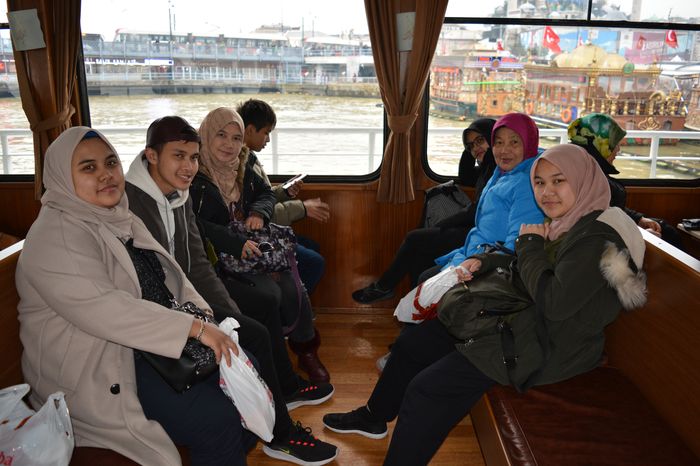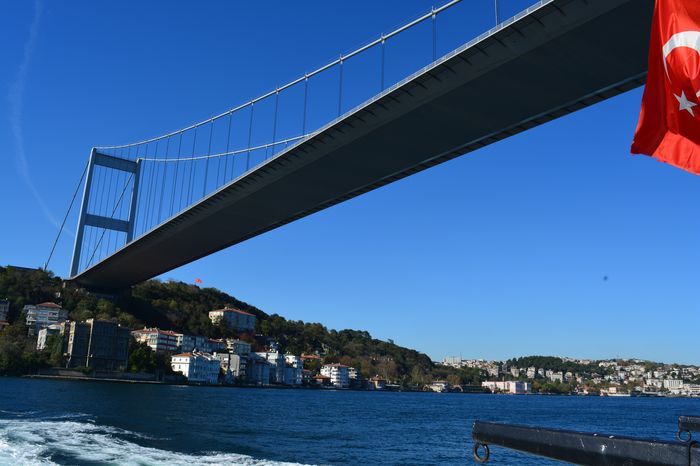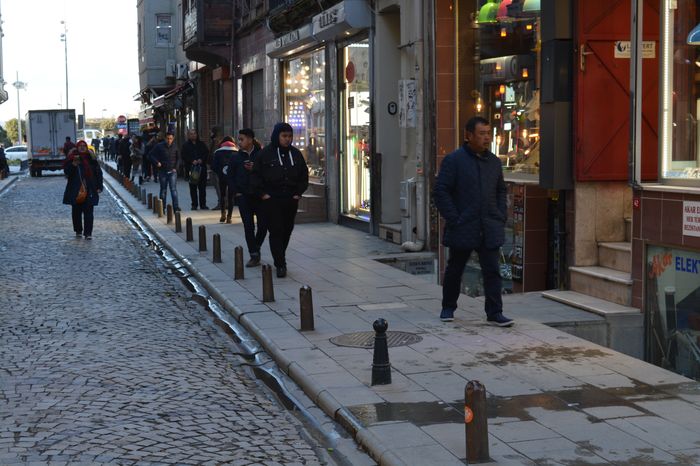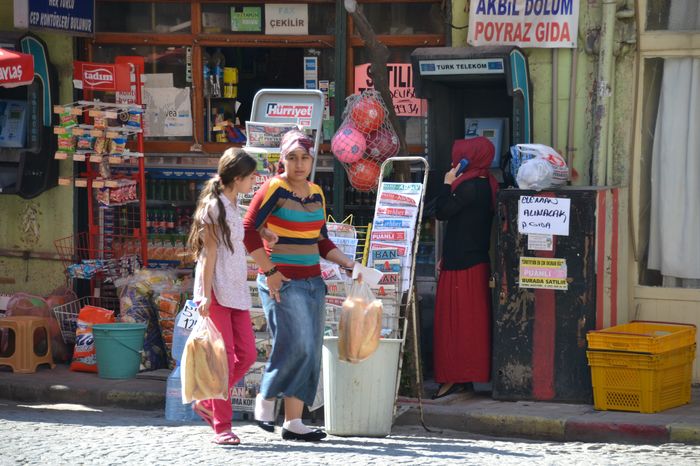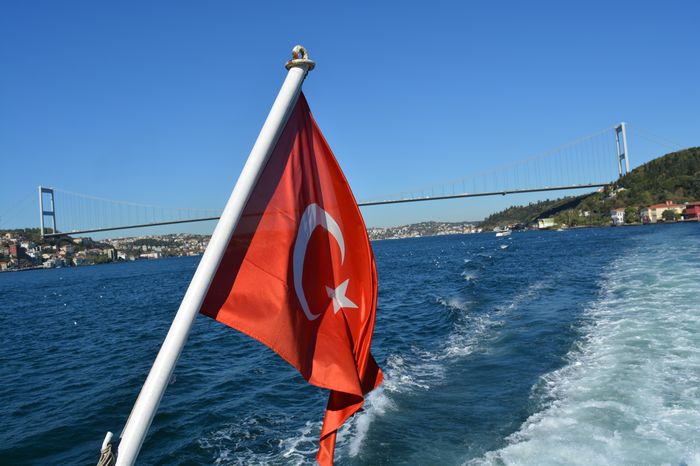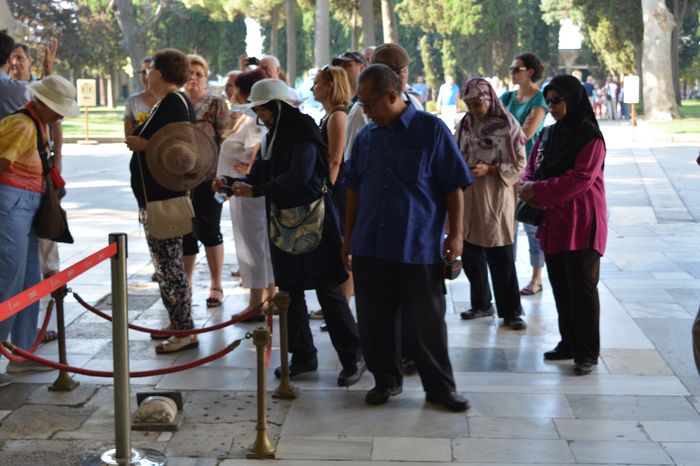The broad, columnlined street ended among the foothills of Mount Silpius in a road that wound upward toward the craggy peaks of the mountain overlooking the city. To the east a dense grove of bay trees marked the location of the suburb of Daphne with the gleaming marble Temple of Diana in its midst. The most infamous part of Antioch, the suburb was favored by much of the populace, Constantine had heard, because of the lustful rites practiced there in the worship of the goddess.
Jupiter Capito linus
On the summit of one of the crags stood a magnificent castle, built long ago as a protection for the city from the eastern hordes that had sought for centuries to wrest it from Roman control. Another crag was surmounted by a lovely temple of Jupiter Capito linus and, a little to the east, he could see the aqueduct constructed by Julius Caesar after his defeat of Pompey, as well as the magnificent baths. Not far away was the great stadium, only a little smaller in size than the theater for the games at Rome. Above its topmost story Constantine could see the bright colored canvas awnings that protected those of the audience willing to pay extra from both sun and rain.
The streets were lined with people, but it was a strangely silent crowd. As the front ranks of the procession headed by Galerius turned into the Via Caesarea, a golden chariot drawn by six perfectly matched white horses approached along the stonepaved boulevard. Just in front of the advancing column it wheeled and came to a halt, forcing the column to do the same. Diocletian himself stood in the chariot beside the driver, but the grim, erect figure showed no sign of welcome.
Galerius had raised his hand for the column to halt, when the imperial chariot blocked its way; now he dismounted and went forward to kneel before the Emperor. Only a few words passed between Diocletian and his soninlaw. Constantine was not near enough to hear any of them, but he saw Galerius suddenly stiffen. And, when he rose to his feet, the Caesar of the East did not remount his horse. Instead, he reached out to take hold of the golden chariot, the Emperor himself gave the order to march and the imperial vehicle began to move along the broad avenue, with Galerius walking beside it, his face set like a mask carved from granite, and his purple cloak billowing out behind him in the breeze that swept up die street from the river.
“No Caesar was ever so humiliated before,” Dacius said from where he rode beside Constantine. “This is truly a triumph in reverse.”
Read More about Tribune Constantinus belongs
